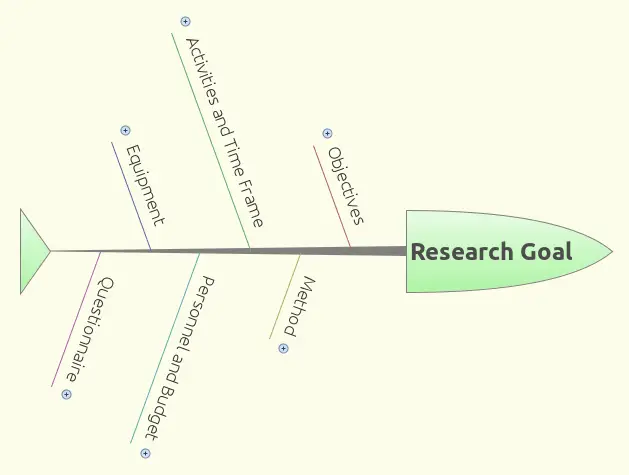Why is there a need to have a clear-cut research goal? Why is a goal important and how can it influence the research process? This article provides answers to these questions.
Have you found a research topic worthy of investigation? What studies have been done so far about it? What questions have not been answered by those studies?
These are just some of the basic questions you will have to ask yourself while contemplating and narrowing down your research topic. It is a must that the issue or concern is clear enough in your head such that you are able to figure out specific questions for your own study. Ultimately, you need to ask yourself the question:
“What is the goal of my research?”
The Importance of the Research Goal
You will be facing a very tedious task of doing a lot of unnecessary things, or find that your research results are unusable unless the research goal is well-defined. All efforts boil down to a particular purpose, i.e., towards fulfilling a desired effect. A clear picture of your research goal will help you steer your research work towards satisfactory completion.
Once the research goal is clear enough, the rest of the things you need to do will fall into place. Having a clear goal in mind, you can work backwards and design your study with greater confidence.
How the Goal Relates to the Research Process
The following fish bone diagram created using X-Mind, a mind mapping software, shows how the goal relates to the other components of the research process.

The above diagram shows that to arrive at your research goal, you should list down a set of specific objectives to fully realize it. You also need to write specific research questions to reach that goal.
Second, to fulfill the objectives, appropriate research methods should be employed. There should be a one-to-one correspondence between objectives and method. For objective 1, method one will have to be employed; for objective 2, method two will be employed; for objective 3, method three will be employed, and so on, and so forth.
In coming up with the method, you may ask yourself the following questions:
- What should I do to reach objective one (two, three, …)?
- What things do I need to meet objective one (two, three, …)?
Third, designing the method entails defining the specific activities to be done and the time-frame to perform those activities. For example, a focus group discussion will require the participation of different sectors in the village. Thus, this will need coordination with the local leaders, identifying the participants of the discussion, looking for a conducive place to hold a meeting, preparing refreshments, and so on.
How long will all these preparations take? A GANTT chart will be helpful to achieve this end.
The following questions will prove handy in preparing your GANTT chart:
- Will your study require travel? Who will travel and how frequent will this be?
- Do you need to conduct meetings? Who will be involved in the meetings?
- Will you be getting the response of a significant number of people in the study area?
- How long will each of the activities take?
Fourth, you will need to identify those people who will help you do those activities. Applying the power of delegation is a must so you will be able to finish your research project within a reasonable time. You cannot do all the interviewing yourself especially if your random sampling estimate for the population requires at least 200 respondents. Also, you will need to find out how much all your transactions will cost.
Finally, you will have to identify the specific equipment or materials required to carry out your field work. Do you need a camera, recorder, measuring scale, LED projector, among others.
You might be tempted to request a lot of things for your research project especially if you have a generous funding source. But it’s good practice to purchase only those which you must really use. Your sponsoring funding agency will truly appreciate your management of scarce resources.
© 2014 April 24 P. A. Regoniel


